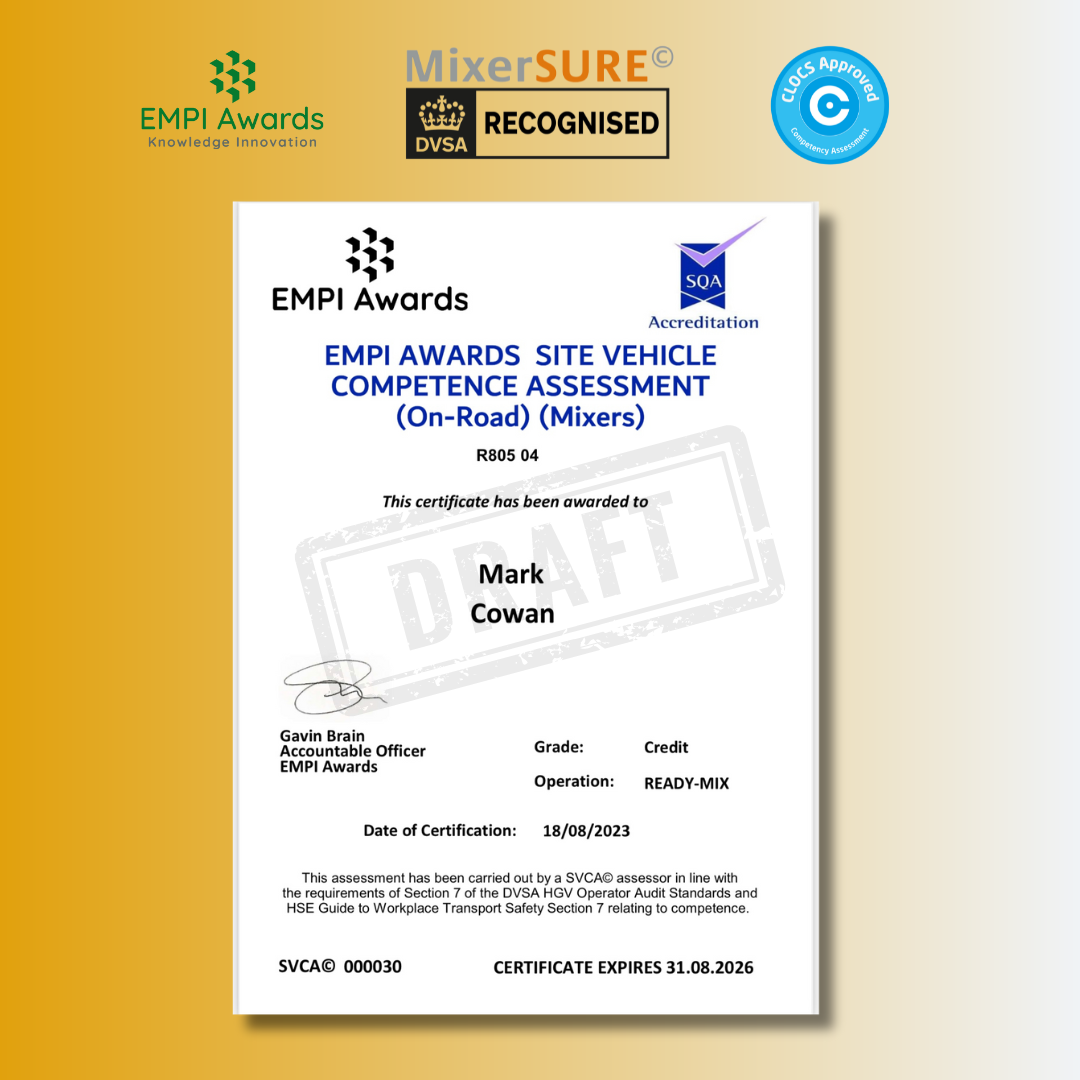
“Why do we need it?” is usually one of the first questions I get about raising training and assessment standards for drivers of the vehicles our sectors rely on daily.
To understand why we need minimum competency standards, we only have to look at how organisations like CLOCS originated but also look at the incidents we continue to experience.
Remembering the tireless campaigning from those affected by a fatality involving construction logistics and the promise that standards would be raised.
Although tremendous progress has been made, sadly, something is still broken.
In May this year, after the death of a young cyclist in London involving a ‘Construction Logistics’ vehicle, the newspaper article highlighted that in 2022, 29,795 people were killed or seriously injured on our roads. The same report tells us that figures recently released by TfL show an increase in road deaths in London by 35%.
So where do minimum competence standards come into it?
The industry has been full of safety alerts and incident investigation reports for years asking if the driver’s competence had been checked.
One fatal incident from 2012 asks that question and confirms that the driver involved had “renewed his industry Driver Skills Card”; however, his competency level had not been reviewed and recorded.
So why does competency matter?
The driver has an HGV licence and passed the test, but does that make them a driver? It doesn’t allow us to develop the road skills or the understanding that comes with experience. Skills that can often be lost through complacency.
Then, there’s vehicle familiarisation. Each vehicle brings different risks and hazards in driving and operating, which we need to focus further on by demonstrating competence.
Looking at quality management systems like ISO 9001, competence is covered in Clause 7.2
Organisations have to:
- Determine the necessary competence.
- Ensure that individuals are competent.
- Ensure that the required competence is acquired.
- Keep records as evidence of personnel’s competence.
Certificates and documentation can evidence training, but a more practical assessment of skills is needed for drivers within our sectors. An assessment with set standards allows drivers to demonstrate their knowledge and skills.
It also allows us to identify any gaps and utilise effective techniques to develop the competencies of the driver.
ISO 39001 – Road Traffic Safety Management further defines this competence clause.
Recent updates to the DVSA Load Security guidance and the HSE now require vehicle operators to ensure that people driving their vehicles are qualified, trained, and competent.
Compliance schemes have played a part in introducing policies and standards that allow operators to understand better how their operations affect road safety.
Introducing courses like Safe Urban Driving gives a driver a greater understanding from a cyclist’s perspective. However, drivers still need to be supported in understanding the nature of the specific vehicle they drive.
In the quarrying sector and many parts of the construction logistics sector, we’ve accepted that a driver health and safety CPC course demonstrates competence simply because there’s an ID card given away with it.
National Highways and HS2 require drivers to have their competence verified through an assessment, yet without any industry-recognised standards, generic driving assessments will be used – if at all.
That does not reflect the mandated requirements in the vehicle they operate and their environment.
Competence cards are accepted for those using plant machinery or lorry loaders as a minimum requirement to access sites – although not legal requirements, demonstrating competence is.
MinTrain™ and EMPI Awards recently had the first category of our Site Vehicle Competence Assessment (On-Road) (Mixers) accredited by SQA as the world’s first regulated vocational qualification for Drum and Volumetric Mixers drivers.
CLOCS also accredits the SVCA©, and while Mixers, in our opinion, were the most significant area of need in terms of safety, it got us developing further categories that include Tippers, Tankers, Skip Loaders, and the many other vehicle types we see on our sites daily.
An actual competence card scheme for the transport industry has long been needed, allowing a set standard for each vehicle type.
This isn’t to say that MinTrain™ will deliver the SVCA© exclusively, far from it. We encourage companies to take responsibility for training and assessments by upskilling their current staff to deliver under licence.
Further, we need to set the standards for all vehicle types, collaborating with other industry specialists and bringing categories under one overarching card scheme that are also regulated vocational qualifications.
It’s never been done before, and it is groundbreaking.
So, there is a case for “why do we need it?” and we need to remember that CLOCS isn’t just for London, just as standards aren’t just for London; raising industry standards is something we can do together across the UK.
Going back to basics regarding training and competence is something we need to do to enhance the work already done.
It’s a big ask, but it could save a life.


